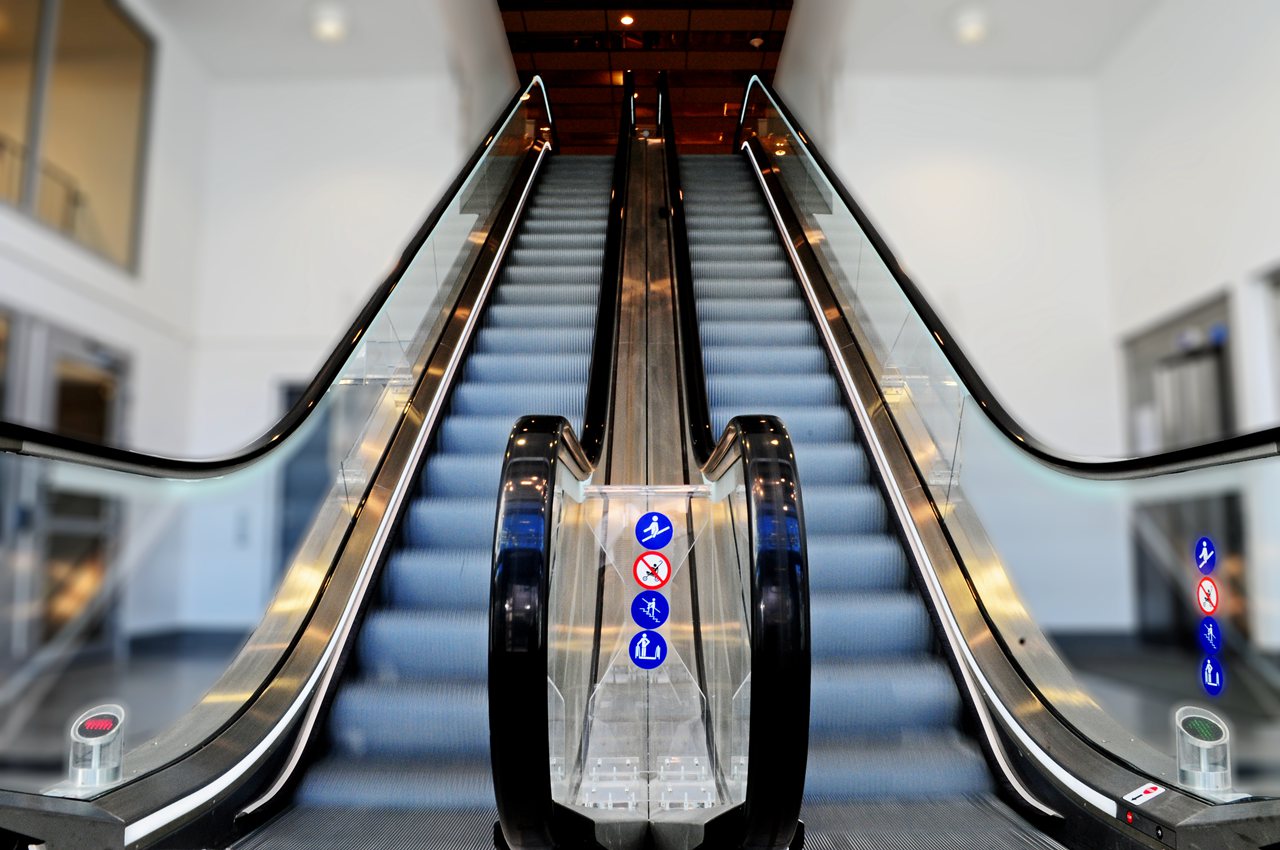City considers legislation on elevator use
Writer: Han Ximin | Editor: Holly Wang | From: Shenzhen Daily | Updated: 2019-12-10

Rescuers must arrive at the scene within 30 minutes after receiving a report that people have been trapped inside an elevator, according to a draft released on the official website of the Standing Committee of the Shenzhen Municipal People’s Congress on Sunday seeking public suggestions.
As the ownership, usage and management of an elevator involve different entities, the draft delimits the liability of management to prevent the different entities from shirking their responsibilities when an incident occurs.
The draft clearly defines the rights of management in elevator usage and liabilities for an elevator incident.
The draft also requires management to conduct a load safety test every five years after the elevator is put into operation.
Managements are required to have regular rehearsals and contingency plans for an emergency, and to organize rescuers to arrive at the scene within 30 minutes.
The draft also extends the warranty period of manufacturers from two years to three upon the date of passing installation security checks or five years upon the release date from the factory.
Public areas, such as railway stations, airports, ferry terminals, ports, schools, medical institutions and shopping centers, often see higher frequencies of elevator use.
For example, the Metro system reported 325 elevator or escalator malfunctions in October 2018.
The draft requires elevators in public areas to use a two-circuit power supply system and have a standby power system and operation monitoring system. The manufacturers, or their agents, are responsible for maintenance.
To improve public awareness, the draft designated June 6 as Shenzhen Elevator Safety Publicity Day.
The number of elevators in Shenzhen has exceeded 150,000, ranking third among Chinese cities. The growth keeps at a rate of 10,000 elevators a year.
As the world’s largest producer and consumer of elevators, China has vowed to step up efforts to improve the quality and safety of elevators, according to a circular issued last year by the General Office of the State Council.
The circular put forward a goal of establishing an elevator quality and safety system to ensure that indicators, such as the number of accidents and deaths per 10,000 elevators, reach the level of developed countries by 2020.
Governments are asked to strengthen supervision and management by building an elevator quality and safety coordination mechanism and incorporating elevator safety into the accountability system. They are also urged to make efforts to improve regulations and standards as well as increase publicity and education to raise awareness about safety.